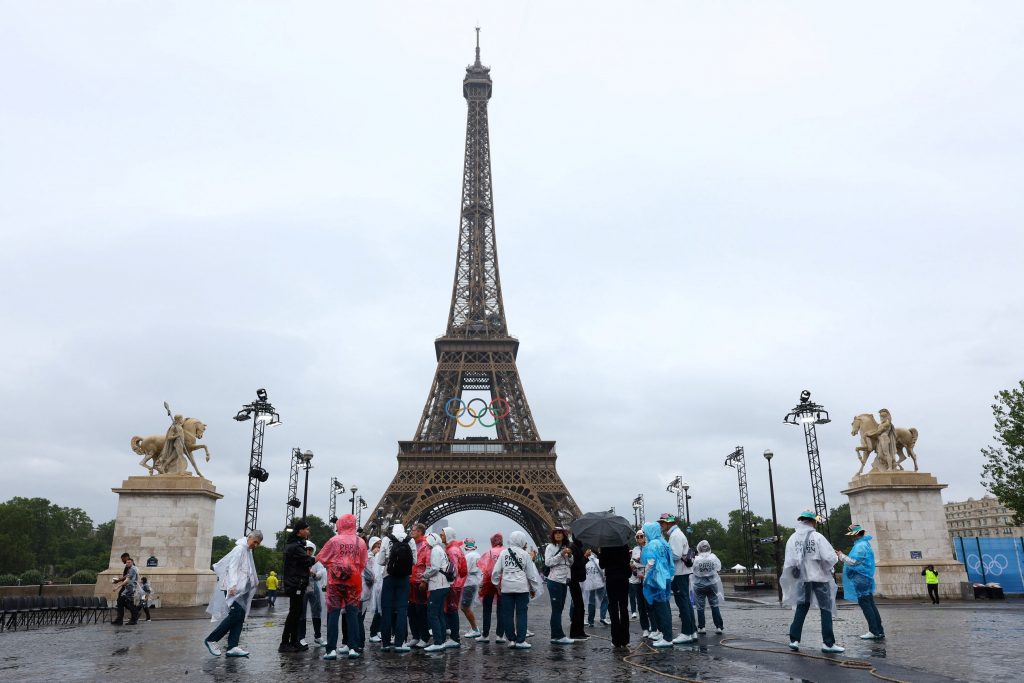The collapse of the Francis Scott Key Bridge in Baltimore has raised legitimate concerns about the safety of mega constructions built in deep waters with many in Greece wondering about the potential risks of a similar accident occurring in the country’s largest bridge, the Rio-Antirio Bridge, officially the Charilaos Trikoupis Bridge, which connects the Peloponnese with the country’s western mainland.
Speaking to public broadcaster ERT, Panagiotis Karydis, an associate professor at the National Technical University of Athens and a specialist in anti-seismic structures, emphasized that the Rio-Antirrio Bridge, which is 2,883 meters long and is one of the world’s longest multi-span cable-stayed bridges, can withstand a similar accident without collapsing, as its structural design allows for any of its four pylons to move relative to the others without affecting the whole edifice.
He explained, “The Rio-Antirrio Bridge is supported by four pylons in the sea, passing through the Gulf of Corinth rift. The bridge has been calculated not to collapse even if one pylon moves relative to the other, some meters. That is, if one moves in relation to the other due to the rift, the bridge should not collapse. This obviously was not calculated seismically in the specific case (in Baltimore), as it simply has not been designed to be earthquake-resistant.”
Regarding seismic and anti-seismic construction studies, Prof. Karydis said scenarios are not only based on Richter scales but also on the intensity of the tremors. “This is the key to all seismic constructions … to withstand whatever earthquake happens without collapsing.”
With a suspended deck of 2,883m, the Rio-Antirrio Bridge features four pylons and has a reference span of 560m. Located at the western end of the Gulf of Corinth in Greece, the Rio-Antirrio Bridge links the Peloponnese (southern Greece) to the Greek mainland.
The bridge’s pylons are made from reinforced concrete and pylon legs range from 25m to 45m above sea level. The pylon heads reach a total of 160m above sea level. Because of the high seismic activity in the area, the Rion-Antirrio Bridge required seabed reinforcement via 200 hollow steel pipes (for each pier) driven into the seabed and topped with gravel.
A 27.2m-wide deck contains two traffic lanes plus a safety lane and pedestrian walkway in both directions. The deck structure is composite with a steel frame of two longitudinal 2.2m-high plate girders with transverse plate girders.
A total of 250,000m³ of concrete, 14,000t of steel, and 4,500t of cable stays were used in the construction of the Rio-Antirrio Bridge.



